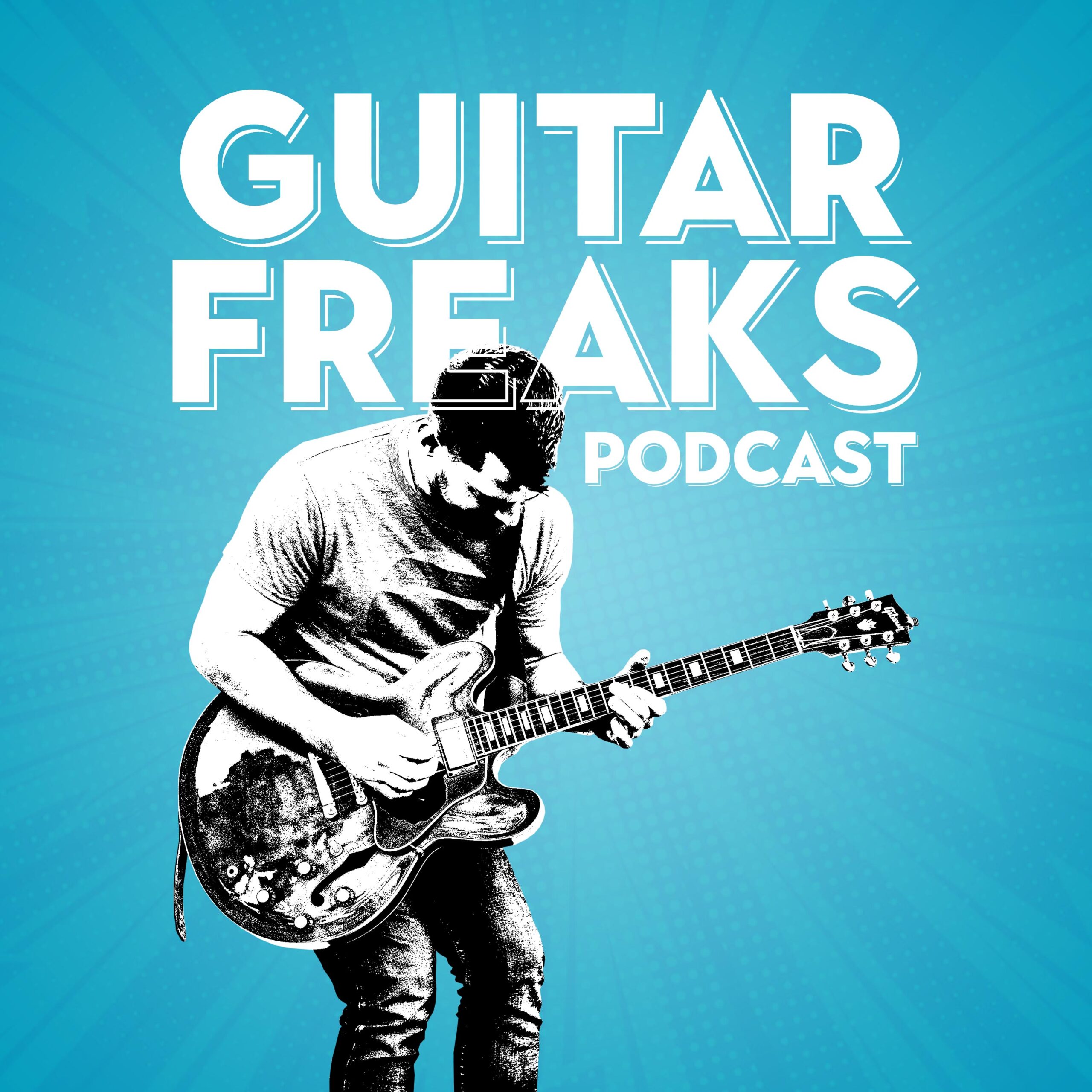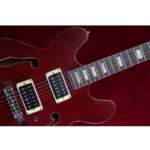Blues Pentatonic Scales are a cornerstone of modern guitar playing. Whether you’re into rock, jazz, or even metal, the blues is likely at the root of your favorite genres. At the heart of this soulful style lies the pentatonic scale, a simple yet powerful tool that has shaped countless iconic riffs, solos, and melodies.
But what makes the pentatonic scale so perfect for blues guitar? In this post, we’ll dive into the magic of blues pentatonic scales, explore how they work, and show you why they’re the ultimate choice for bluesy expression.
What Are Blues Pentatonic Scales?
The pentatonic scale is a five-note scale (hence the name “penta”) that strips away the complexities of larger scales like the major or minor scales. For blues guitarists, two types of pentatonic scales reign supreme:
- Minor Pentatonic Scale: The workhorse of blues solos, packed with moody, expressive tones.
- Major Pentatonic Scale: A brighter, uplifting counterpart to its minor sibling, often used in country blues and happy-sounding phrases.
Here’s how they look in the key of A:
- A Minor Pentatonic Scale: A – C – D – E – G
- A Major Pentatonic Scale: A – B – C# – E – F#

Download The FretDeck & Pentatonic Secrets Course!
Download Our Course
Why the Blues Pentatonic Scales Works Perfectly for Blues
1. Simplicity That Encourages Expression
The pentatonic scale’s five notes leave plenty of space for improvisation. Blues is all about emotion, and the pentatonic scale gives you just the right tools to bend, slide, and hammer-on with soul.
For example, playing a simple A Minor Pentatonic shape on the 5th fret opens endless possibilities for phrasing. It’s a scale that sounds great even when played in random patterns, making it beginner-friendly and expressive.
2. It’s All About the “Blue Notes”
The blues introduces an extra flavor to the pentatonic scale: the blue note. This is typically the flat 5th (in the A Minor Pentatonic, this would be an Eb) added to the scale. When you land or bend to this note, it creates that unmistakable bluesy tension that pulls at your heartstrings.
Blues Scale (A Minor + Blue Note): A – C – D – Eb – E – G
3. Perfect for Call-and-Response Playing With Blues Pentatonic Scales
Blues often follows a “call and response” structure, where one phrase (the call) is answered by another (the response). The pentatonic scale makes this technique intuitive, with its compact shapes and familiar intervals that naturally fit the blues rhythm.
For instance:
- Call: A minor pentatonic lick ending on the root note (A).
- Response: A similar phrase that resolves to the fifth (E).
4. Blends Effortlessly with Chords
Most blues progressions are based on a 12-bar structure using I-IV-V chords (in A, that’s A7, D7, and E7). The pentatonic scale pairs seamlessly with these chords because its notes naturally fit within the harmony.
- A Minor Pentatonic works over A7, D7, and E7.
- A Major Pentatonic can add sweetness and contrast to minor-key phrases.
How to Use Blues Pentatonic Scales
1. Learn the Shapes
Start with the most common pentatonic scale box pattern (Pattern 1) on the fretboard:
A Minor Pentatonic Shape (5th Position):
e|------------------------5--8--|
B|--------------------5--8------|
G|---------------5--7-----------|
D|----------5--7----------------|
A|-----5--7---------------------|
E|--5--8------------------------|
Once you’ve mastered this, expand to other positions and connect the shapes to cover the entire neck.
2. Add the Bluesy Touch
Incorporate bends, slides, and vibrato to make your licks sing. Experiment with the blue note for extra emotion:
Pro Tip: Bend the D note (7th fret, G string) to reach the Eb for a classic blues sound.
3. Combine Major and Minor Pentatonics
One of the coolest blues tricks is blending the major and minor pentatonic scales. For example:
- Use A Minor Pentatonic for the “gritty” parts of your solo.
- Shift to A Major Pentatonic for a sweeter, melodic vibe.
This mix is a staple of players like B.B. King and Eric Clapton.
Famous Blues Solos Using the Pentatonic Scale
- Eric Clapton – “Crossroads”
Clapton’s fiery licks in this classic tune revolve around the A Minor Pentatonic scale. - B.B. King – “The Thrill Is Gone”
King’s expressive bends and soulful phrasing showcase the beauty of combining major and minor pentatonics. - Stevie Ray Vaughan – “Pride and Joy”
SRV blends the blues scale with Texas-style flair, using pentatonics as his foundation.
Practice Tips for Mastering Blues Pentatonic Scales
- Slow It Down
Play scales at a slow tempo to focus on precision and tone. - Improvise Daily
Dedicate 10-15 minutes a day to creating licks using the pentatonic scale. - Jam with Backing Tracks
Backing tracks in a blues progression (e.g., A7-D7-E7) will help you develop timing and phrasing.
Conclusion
The pentatonic scale is the ultimate gateway to blues guitar. Its simplicity, versatility, and emotional impact make it the perfect tool for creating soulful music. Whether you’re a beginner or a seasoned pro, mastering the blues pentatonic scales will transform your playing and help you channel the heart of the blues.
Ready to master the blues? Check out FretDeck’s Pentatonic Secrets for step-by-step lessons on unlocking the fretboard. And don’t forget to join the Guitar Freaks Hangout on Discord, where you can jam with other guitarists, share tips, and trade licks!
Let’s keep the blues alive together. 🎸
Mastering the Major Pentatonic Scale: A Guitarist’s Guide – Explore the structure and positions of the major pentatonic scale to enhance your blues guitar playing.

Download The FretDeck & Pentatonic Secrets Course!
Download Our Course










